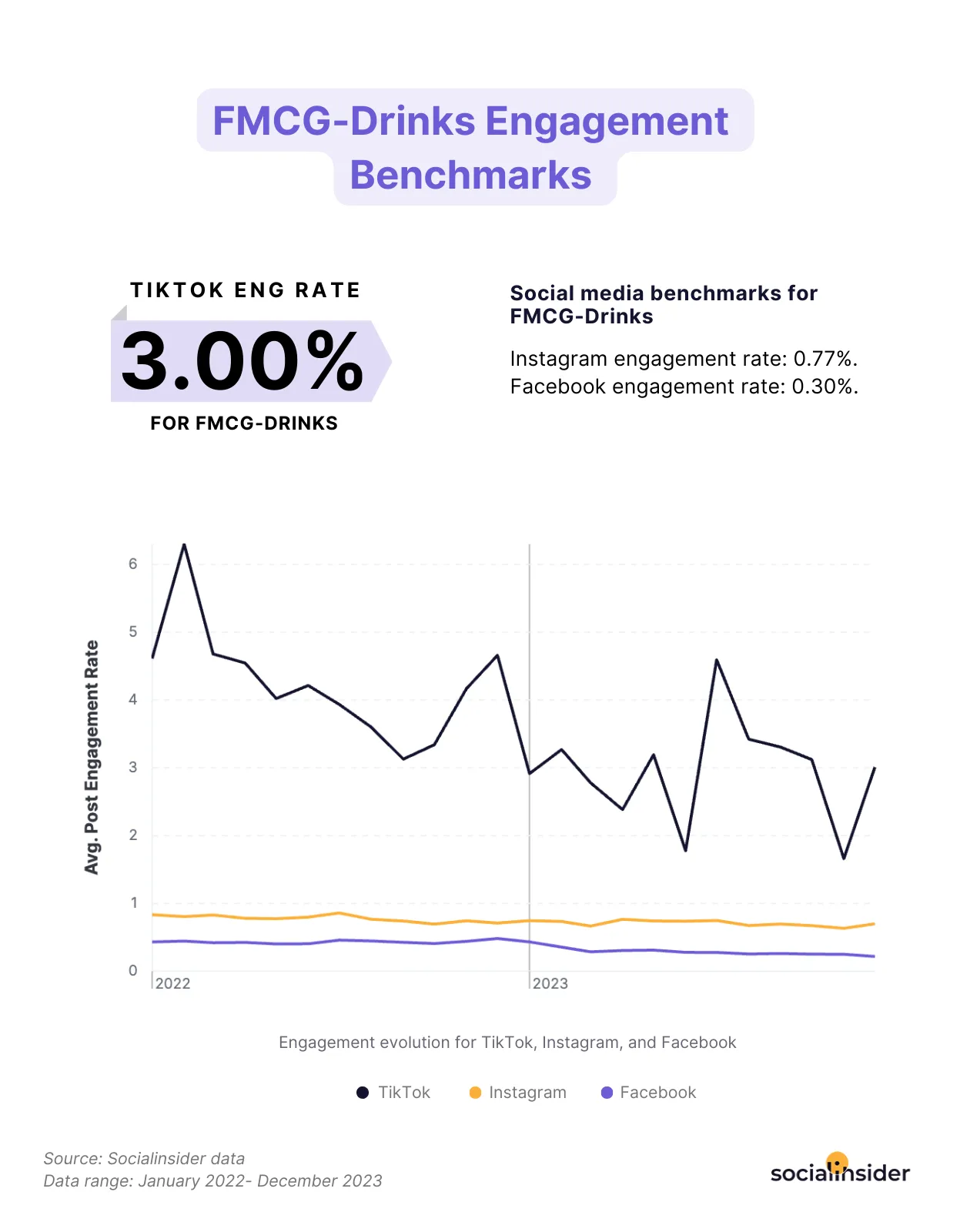If you are applying for a job at ByteDance or interviewing with them, it’s important to understand:
- ByteDance’s big numbers
- How does ByteDance make money?
- How will the job you like fit into ByteDance’s giant universe?
Understand ByteDance's revenues and profit growth
Recently, Bloomberg news reported that ByteDance’s profit jumped roughly 60% with EBITDA rose to $40+ billion in 2023 (denied by ByteDance).
For most people, TikTok is the most prominent existence for ByteDance. But is that true when it comes to making money?
First of all, TikTok is not yet a big revenue-generator. A majority of ByteDance’s revenue is from China market, while the rest, all of its international business including TikTok contributes less than 20%.
Secondly, TikTok is not generating much profit for ByteDance (yet). It is lossmaking, or was, for lack of more recent data (FT, 2022).
What TikTok is for ByteDance is a high-growth-driver and attention-generator.
What else does ByteDance have besides TikTok?
Two of ByteDance’s most successful products: Toutiao and Douyin are respectively #1 content creation platform and #1 short video creation platform in China.
ByteDance is nicknamed “app-factory”. It frequently releases new apps and removes underperforming ones.
One snapshot from Zhihu.com above shows most of their products fall under the categories of information, short videos, community, education, and B2B solutions. Gaming might be another one not included in this image.
ByteDance’s key strategy include crosspollination, letting all apps leverage each other, and shared services platform (SSP), a robust central kitchen of technology, user-research, data support, cloud, etc.
How does ByteDance make money?
Deeply entrenched in the B2C attention economy, ByteDance follows a common business logic in most of its products: Engagement -> Retention -> Monetisation.

In 2020 I wrote their main focus as:
- Engagement & Retention: They used algorithm to recommend content that users want to see. The accurate recommendation grows strong engagement.
- Monetization: ByteDance then monetize this engagement, mainly with advertisement. The ad revenue helps them to tell a very good story with investors, so they got great funding to further fuel their growth.
Broadly the above stays true. But the competitive landscape has evolved. Youtube, Instagram, and Facebook have made themselves homes for short videos. Even LinkedIn is trying its hands on TikTok-style videos.
While evolving their AI technology and beefing up community engagement, ByteDance also came up with new and innovative ways of monetization. After all, engagement does not automatically convert into money.
ByteDance's diversified revenue streams
ByteDance’s revenue streams come from a few different customer groups which sometimes may overlap.
1. Third-party advertisement buyers
This is doubtlessly the main piece of ByteDance’s revenue.
Buyers, often brands or media companies on behalf of their clients, pay for ByteDance’s media assets to feature their own brand content in various innovative ways. ByteDance also has a revenue-sharing model with influencers to incentivize them for active participation.
2. Fans purchases
In the case of TikTok, when fans buy coins, the money goes to ByteDance. While the coins go to in-app purchases or influencers as gifts, some of the value stay with ByteDance.
3. Influencer withdrawal commissions
When the influencers cash out their gifts, a significant percentage (as high as 50% to 70%) goes to ByteDance.
4. eCommerce commissions
When an eCommerce transaction happens, ByteDance tends to charge a commission (<5%)
5. Value-added services
Like any other ecosystem players, ByteDance charges (and can charge) for many of the value-added services they provide in the ecosystem. It could be data analytics, cloud services, communication or stream tools. One can think of LARK as such a product reproduced from their existing technology and operating platforms.
How does the job you like fit into the ByteDance universe?
When I coach my clients for interview preparations, I always ensure that the client understand the company from the following aspects:
- A high-level view: what is the essence of the company?
- An internal lens: what is the company experiencing given the competition and market trends? What is its highest priority? What are its biggest worries?
- Parts vs. whole: how does the job you like fit in the ByteDance universe?
How to make presentations for an interview
Strategic Partnership jobs: things to know before an interview
How to negotiate for counter-offer with a job offer
Watch: How to research a company before interview (ByteDance example)


